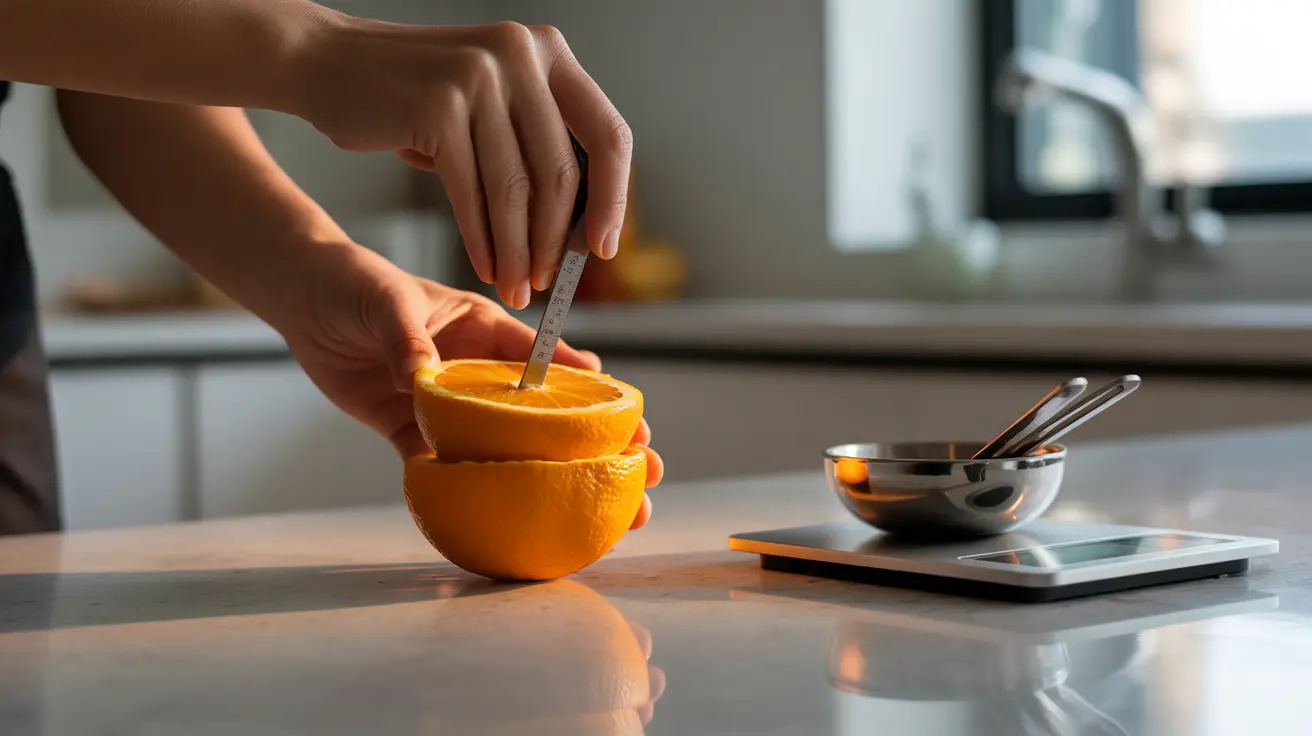Measuring your height accurately at home might seem straightforward, but proper technique is crucial for getting reliable results. Whether you're tracking your child's growth, monitoring your own height, or need measurements for medical purposes, understanding the correct method ensures accurate measurements every time.
This comprehensive guide will walk you through the proper techniques, tools, and considerations for measuring height accurately, whether you're measuring yourself or someone else.
Essential Tools for Accurate Height Measurement
Before beginning any height measurement, gather these necessary tools:
- Flat measuring tape or meter stick
- Pencil or removable marker
- Flat headpiece or sturdy book
- Level surface to stand on
- Flat wall without baseboards
Preparing for Accurate Measurement
The environment and timing of your measurement can significantly impact accuracy. Follow these preparatory steps:
- Remove shoes and heavy clothing
- Choose a time early in the morning
- Find a completely flat floor surface
- Select a wall without carpet or rugs
- Ensure good lighting for accurate reading
Proper Technique for Self-Measurement
When measuring your height alone, follow these steps for the most accurate results:
- Stand against a flat wall
- Keep feet together and flat on the floor
- Ensure heels, buttocks, and shoulders touch the wall
- Look straight ahead, maintaining level head position
- Place the flat headpiece or book on top of your head
- Mark the spot where the bottom of the headpiece meets the wall
- Step away and measure from the floor to the mark
Common Self-Measurement Mistakes to Avoid
Be aware of these potential errors that can affect accuracy:
- Standing on tiptoes
- Tilting the head up or down
- Slouching or poor posture
- Measuring on uneven flooring
- Using damaged or bent measuring tools
Measuring Children's Height
Measuring children requires special consideration and technique:
- Choose a time when the child is cooperative
- Remove shoes and hair accessories
- Ensure the child stands completely straight
- Use gentle encouragement to maintain proper position
- Consider marking regular measurements on a growth chart
Tips for Measuring Active Children
Keep these strategies in mind when measuring young children:
- Make it fun and engaging
- Use positive reinforcement
- Work quickly but accurately
- Consider using a digital measuring device
- Document measurements with date and time
Frequently Asked Questions
How do I accurately measure my height at home by myself without help?
Stand against a flat wall, ensure your heels, back, and head touch the wall, and use a flat object like a book to mark where the top of your head meets the wall. Step away carefully and measure from the floor to your mark.
What is the proper posture and preparation needed to measure height correctly?
Stand straight with feet together, heels against the wall, and shoulders back. Keep your head level, looking straight ahead. Remove shoes and measure in the morning for most accurate results.
How can I measure my child's height accurately at home and what special steps are required?
Have your child stand straight against a wall without shoes, ensuring their heels, buttocks, shoulders, and head touch the wall. Use a flat headpiece to mark their height, and consider creating a dedicated growth chart area.
Why is it important to measure height at the same time each day, and how much can height vary?
Height can vary up to 1 cm throughout the day due to spinal compression. Morning measurements are typically highest, so consistency in timing helps track accurate changes over time.
What tools and techniques ensure the most precise height measurement against a wall?
Use a flat measuring tape or meter stick, a level surface, a flat headpiece or book, and a pencil for marking. Ensure the wall is flat and free from baseboards, and use proper posture techniques for consistent results.




